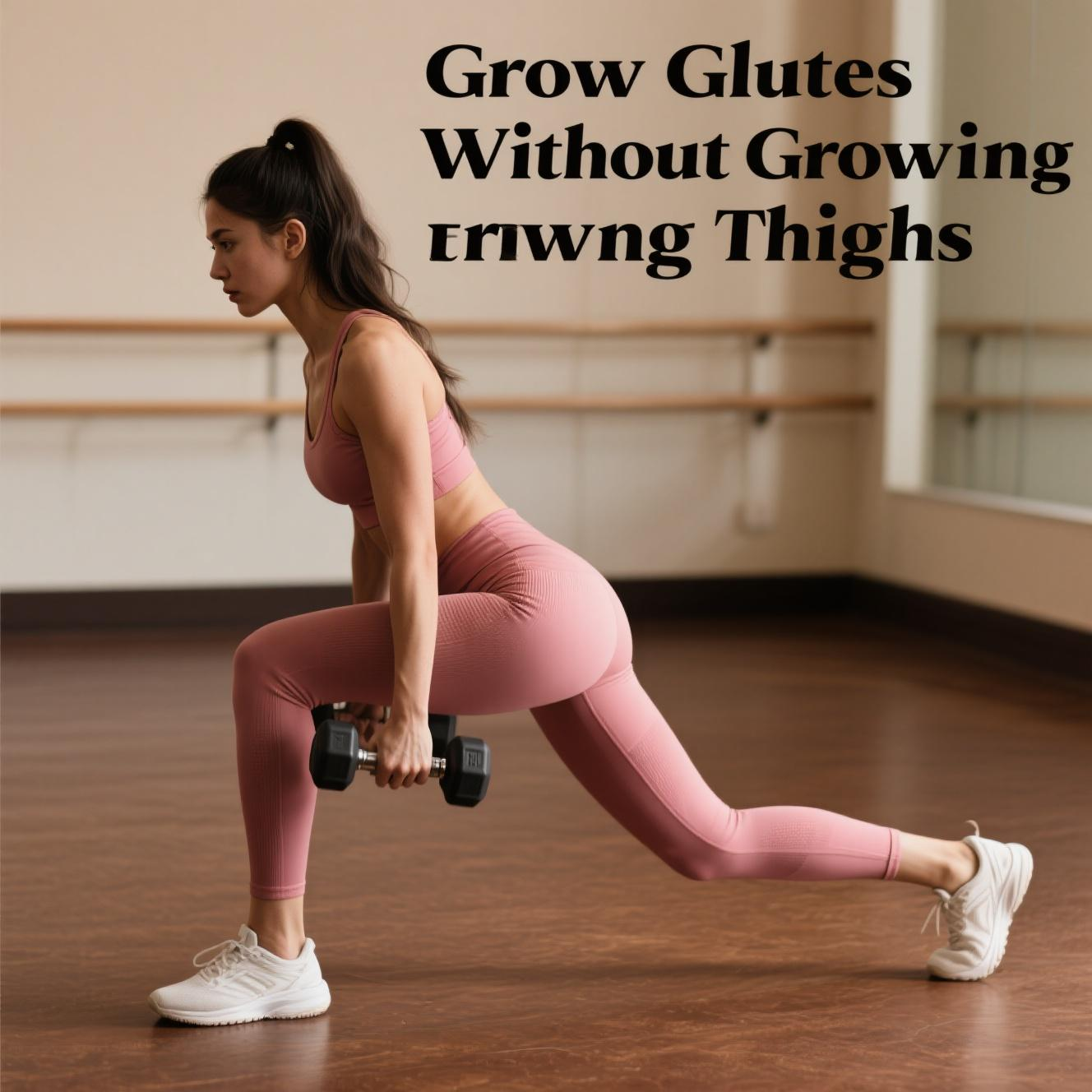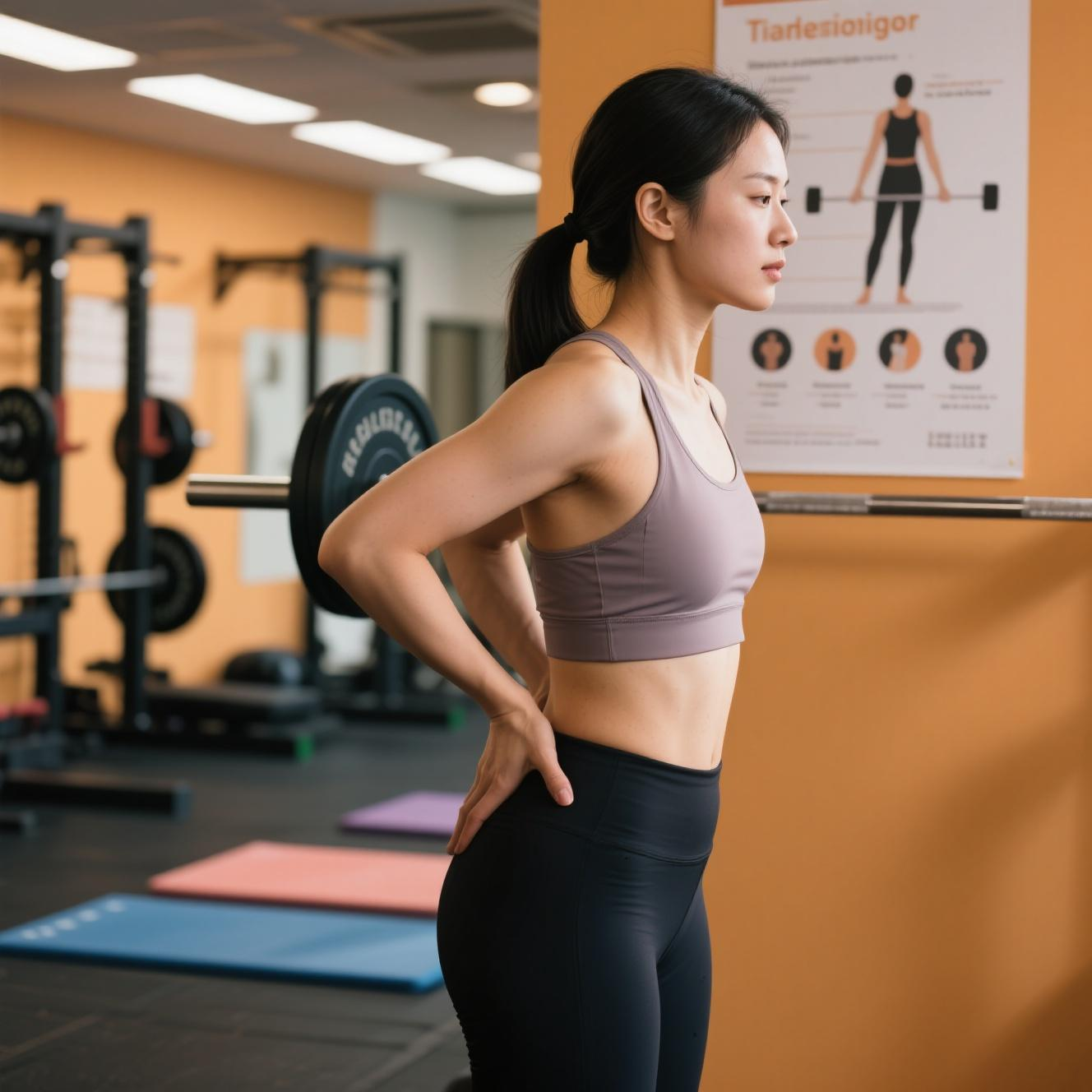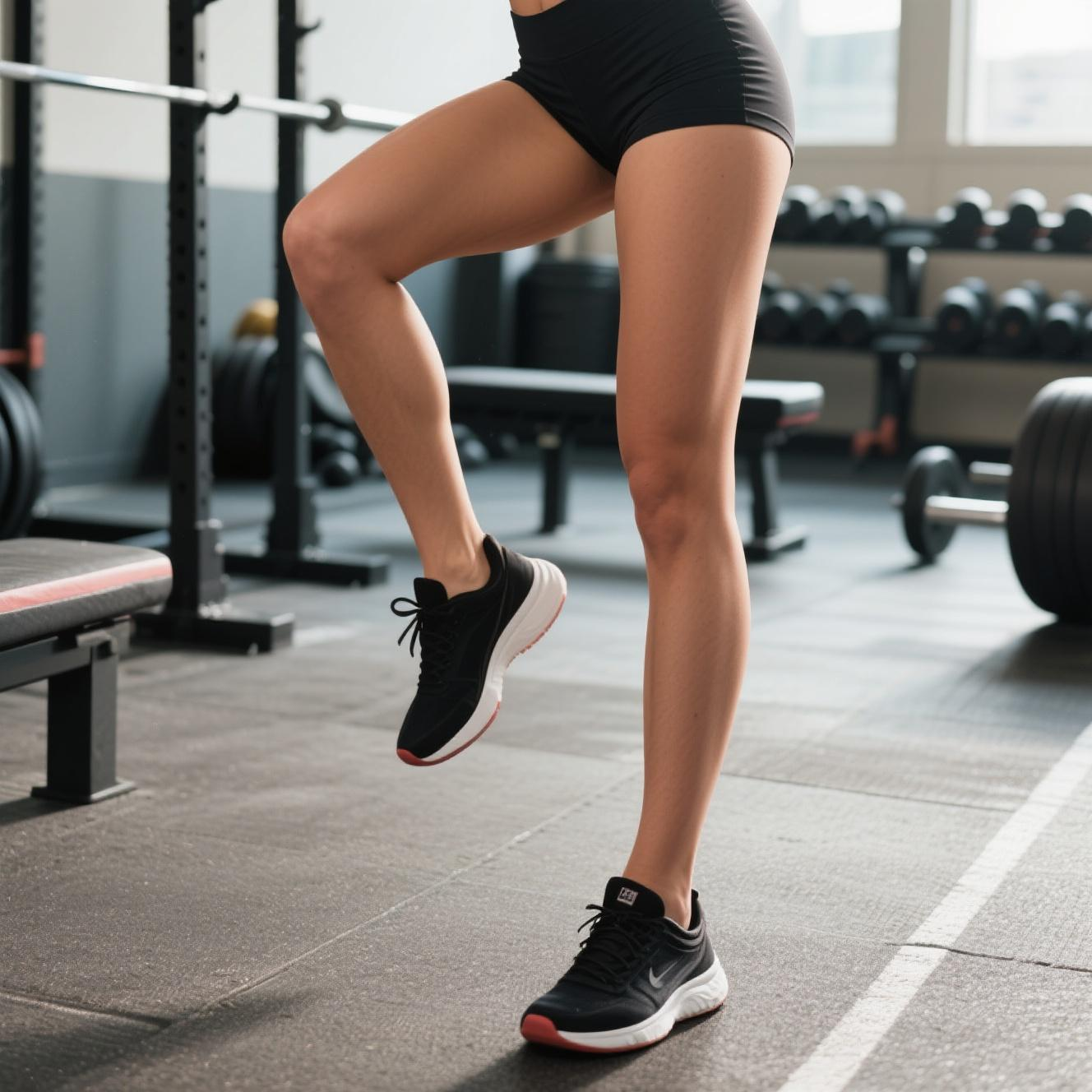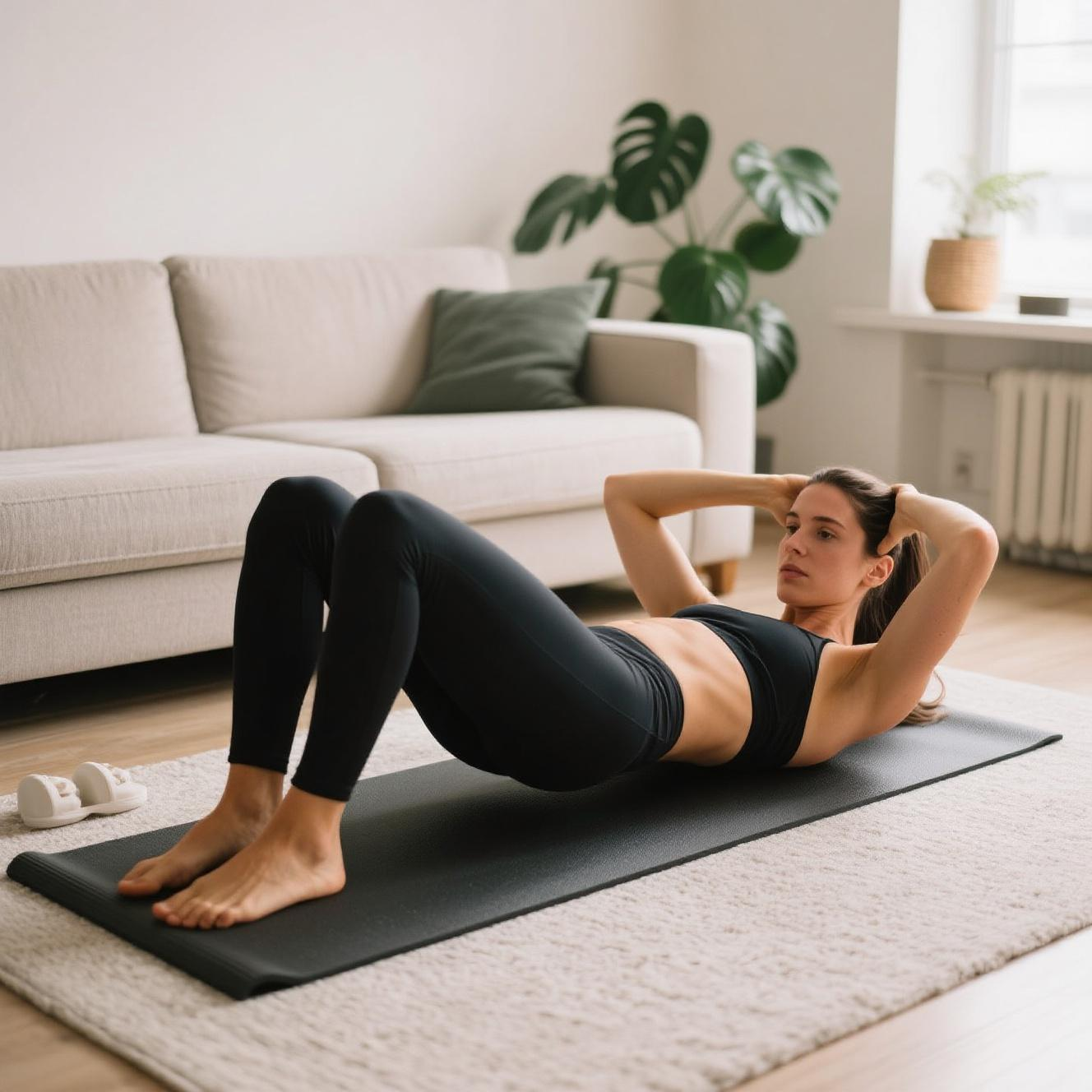Every woman who’s ever dreamed of that perfectly lifted, strong, and rounded rear knows the struggle—how do you build a perky gluteus maximus without packing on too much muscle in the thighs? For many of us, leg day equals worry about quad size or outer thigh girth. But here’s something you might not hear in every Instagram reel: sculpting a strong, well-shaped butt while keeping your thighs sleek isn’t just possible—it’s smart training grounded in biomechanics and a bit of self-awareness. It’s also a journey filled with personal insight, relatable setbacks, and joyful progress 😊.
Sarah, a yoga teacher and mom of one, used to skip squats and lunges because she feared getting thick quads. She’d see women on social media with heavy deadlift routines and think: “I don’t want legs like that.” So she stuck to small resistance band glute bridges. That helped tone her booty, but it barely moved the needle on shape. And her reluctance also meant she lacked the strength she secretly craved. Her turning point came during a beach trip. Seeing how naturally her body carried strength, how her curves rounded in a way that felt right, she decided it was time to build muscle in a controlled, intelligent way—on her own terms.
It begins with exercise choice. Heavy compound leg moves—traditional barbell squats, high-rep lunges—tend to fire up the quads more than they isolate the glutes. When your goal is glute growth without heavy thigh gains, you prioritize hip-extension and posterior chain exercises. Think glute bridges, hip thrusts, single-leg deadlifts, and cable kickbacks. These movements engage glute fibers deeply and intensely, while keeping quad dominance in check. With the right setup and focus, your booty gets a meaningful stimulus without the thighs taking on more size than you want.

Form matters immensely. When doing any hip-extension exercise, the secret is glute activation. That means a strong mind-to-muscle connection—pausing at the top of a bridge to squeeze for a moment before lowering. It also means setting up your body so the glutes, not the lower back or hamstrings, do the bulk of the work. A lift too heavy, hips not square, or spine out of alignment, and suddenly the emphasis shifts away from your target. The first week Sarah focused on depth in her bridges, keeping her pelvis tucked and knees aligned. She doubled down on squeezing glutes at the top—and within two weeks she started feeling her backside working more than her quads.
Progressive overload still applies. Gradual increases in resistance help the glutes grow without calling on larger muscle groups. Bands, dumbbells, and cable machines are ideal. Sarah began glute bridges with a light band, then gradually moved to a dumbbell on her hips. When that got easy, she progressed to heavier bands and even added pause reps. Her workouts weren’t about lifting the heaviest or chasing the burn in her thighs—they became about feeling her glute fibers wake up and respond. It felt specialized, purposeful, satisfying.
Nutrition plays a key role in shaping lean muscle growth. Your body doesn’t determine, “okay, I’ll build booty and leave quads small” purely based on your workout. It relies on the nutrients available. Sarah learned that a moderate calorie surplus, balanced protein intake, and anti-inflammatory foods supported glute repair and growth. She focused on lean proteins like chicken, fish, Greek yogurt, plus fiber-rich veggies and whole-grain carbs to fuel her workouts and recovery. No extreme calorie restriction meant no brutal deficits, no constant fatigue—and naturally fewer hormonal signals for excess thigh muscle growth.
Recovery days matter too. Overworking your legs can stimulate unwanted hypertrophy. Sessions spaced with 48 hours of recovery allowed Sarah’s glute muscles to repair and grow. Gentle yoga, foam rolling, and mobility work—especially focused on hip flexors and hamstrings—helped prevent tightness and improved her form when she returned to training. She also learned to listen to her body: a stubborn ache in her quads was a sign to dial back and let the glute-focused work shine.
Cardio can complement your strength plan, especially when done smartly. High volumes of steady-state cardio—running, cycling—tend to engage quads heavily. Remixing that script, Sarah shifted toward glute-friendly modalities: incline treadmill walks with a gentle forward lean, uphill walks, elliptical workouts with resistance adjusted to emphasize glutes, maybe a sprint or two minutes for power bursts. That light cardio helped burn extra calories and promoted circulation without triggering quad bulk.
Hormones have a hidden influence. Cortisol and estrogen sway how your body stores fat and builds muscle. Sarah realized her stress levels and sleep habits were influencing how reactive her lower body felt to workouts. She began prioritizing sleep hygiene, restful hobbies, yoga, and deep breathing to reduce stress. When hormones had space to settle, glute gains came easier—and she noticed less water retention or puffiness in her thighs. Feeling calmer outside the gym created space for better muscle growth inside of it.
The final piece is patience and perspective. Bodies don’t reshape overnight. When Sarah first measured her glute circumference, she worried if progress was too slow. She reminded herself of all the times she felt unsure about loving her legs—from teenage years watching fitspiration ads to post-baby self-consciousness. Every week that she hit her glute workouts, ate well, and moved with care, she was rewriting that inner story. She learned to celebrate the gradual roundness she saw in pictures, the extra pep when she climbed stairs, the compliments she actually meant without sense of guilt. That journey made the results feel authentic, not manufactured.
Sculpting a firm, lifted booty without bulky quads is possible. It’s a combination of smart exercise selection, intentional nutrition, recovery, stress management, and emotional resilience. But perhaps most transformative is the change in mindset—from avoiding exercises to resisting a physique culture ideal, to embracing strength in a way that feels soulful. For every woman who’s ever thought lean legs meant skinny thighs or that strong glutes meant immobile legs—here’s a whisper of hope and science-backed truth: you can have curves without compromise, strength without excess, and shape without sacrificing the legs that serve you every day.




